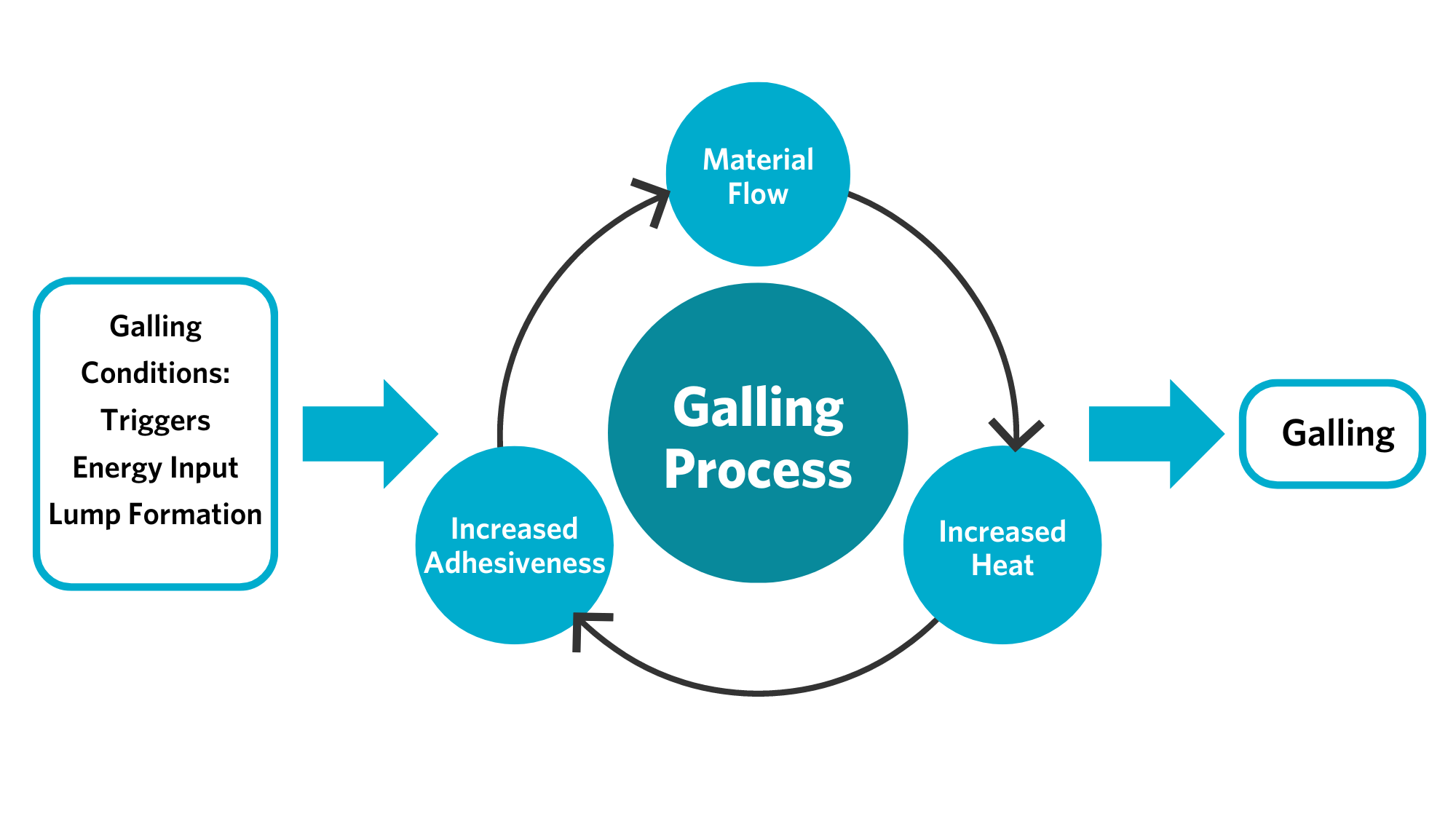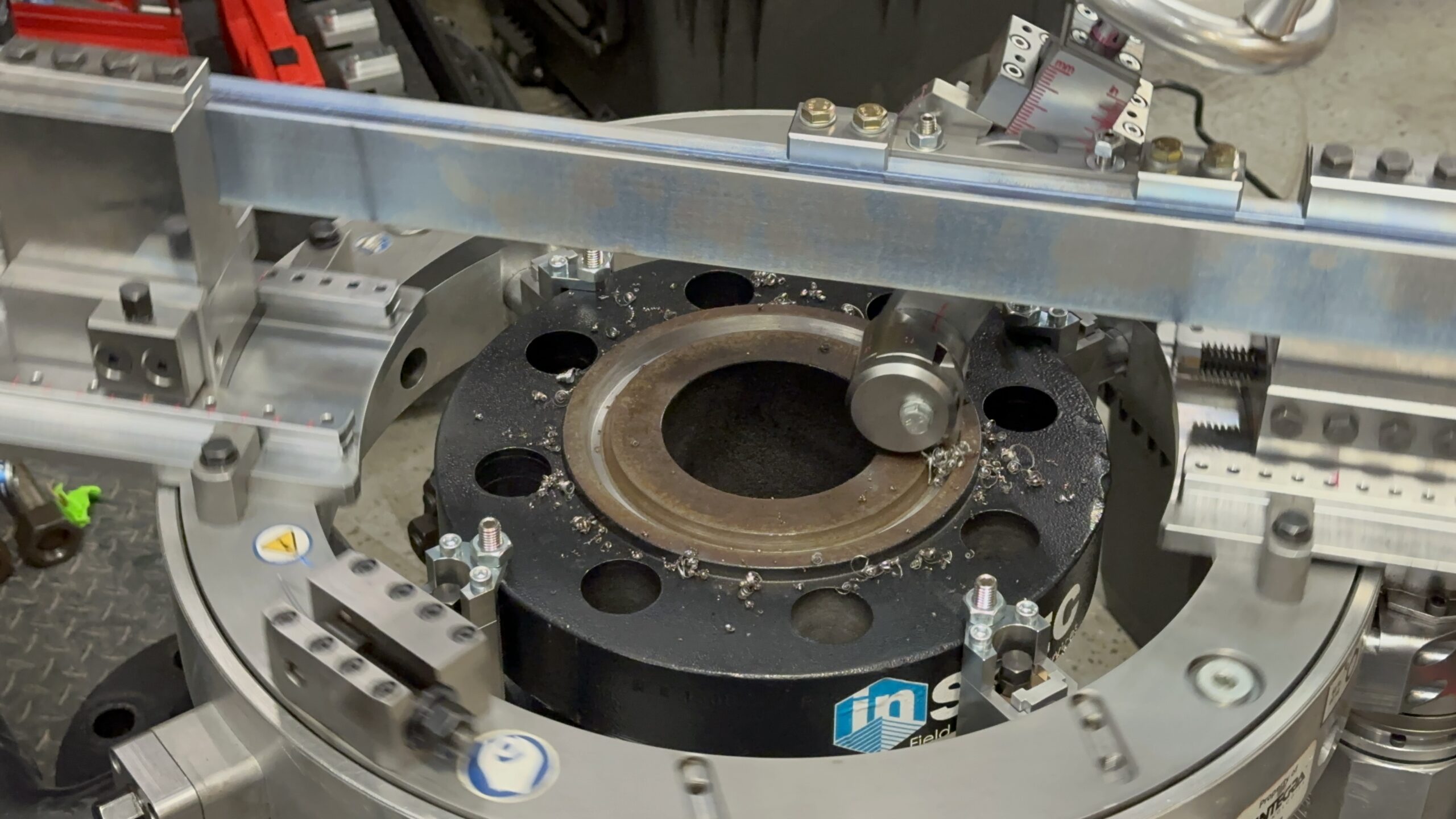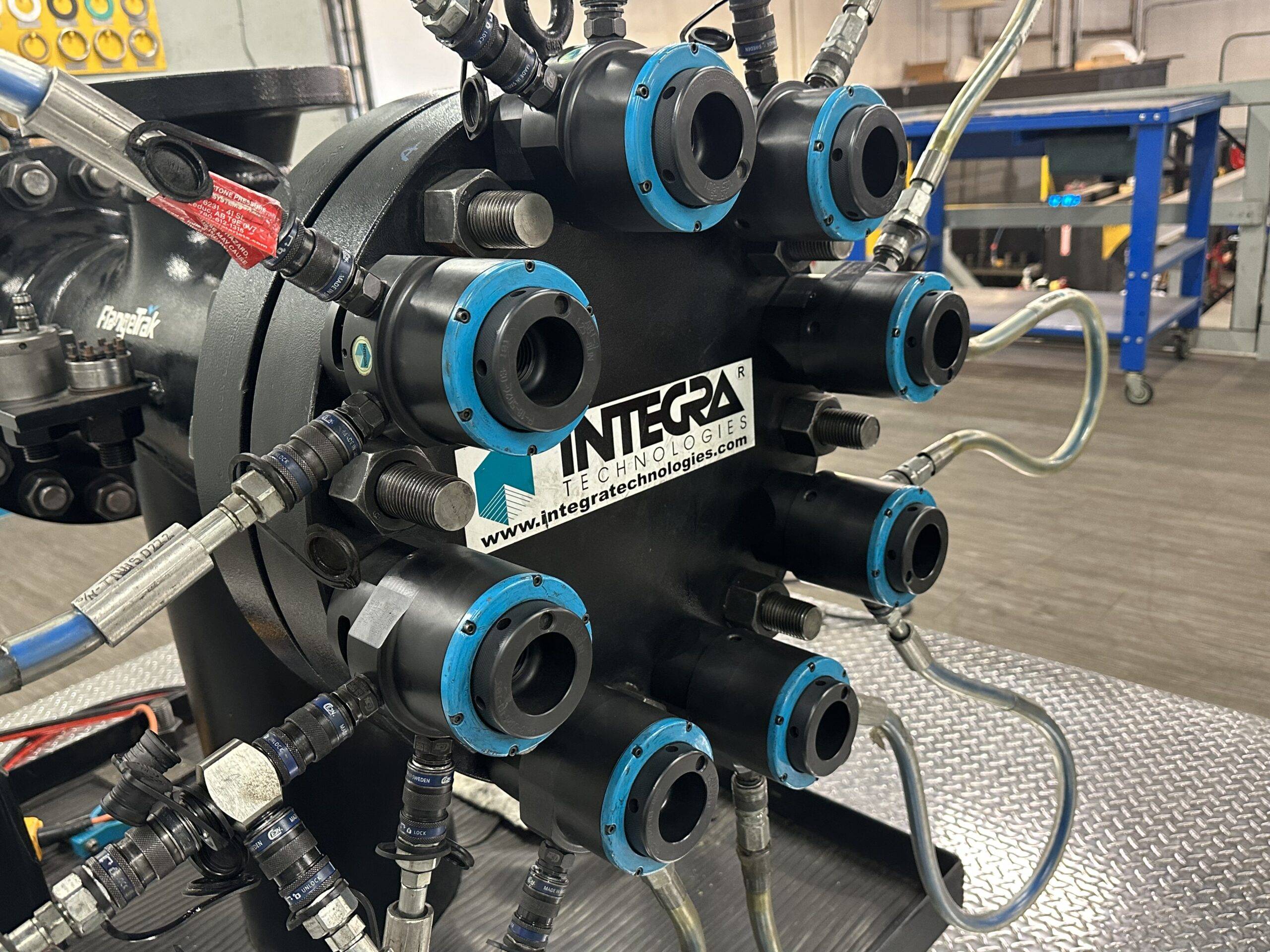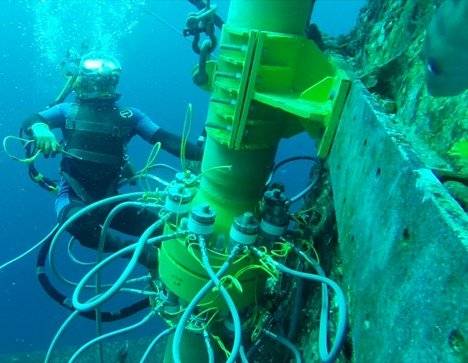Leak-Free Assemblies: Control the Process Part I
Part I
Leaks are preventable. Flanges are designed not to leak, and when sealed properly they live up to their design. And yet, leaks happen.
When we’re lucky, they are small and emit harmless substances. When our luck runs out, leaks are catastrophic.
So then how do we prevent them? Any given plant has hundreds or thousands of flanges in operation daily.
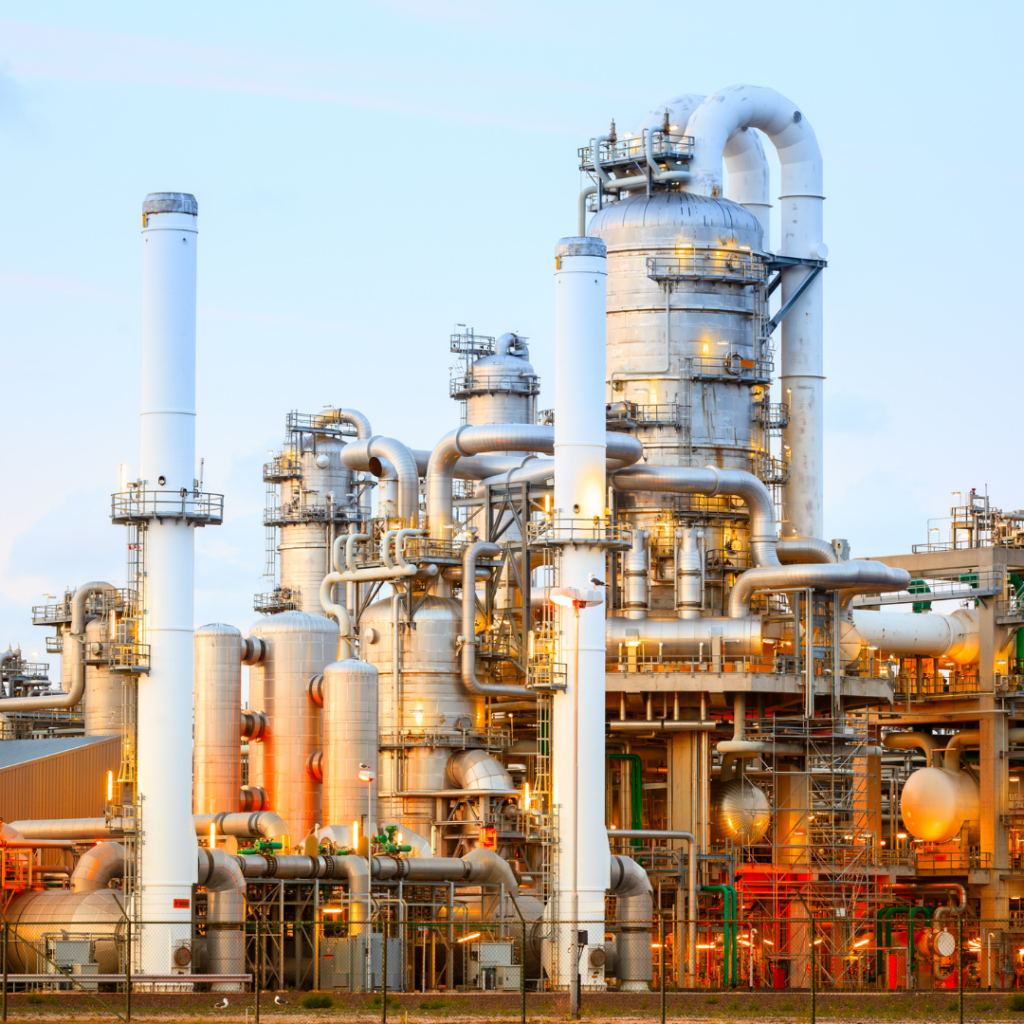 An average oil refinery has thousands of critical flanges. None are designed to leak.
An average oil refinery has thousands of critical flanges. None are designed to leak.
All it takes is one leak to shut down operation, or even take a life, but how do you ensure that each bolted joint assembly seals properly and retains that seal until you are ready to take it apart? If flanges are designed not to leak, how can we ensure that they operate to their design?
We must control the process.
How Flanges Work
To understand the process of sealing flanges, we must first understand how flanges work. The fluid being transported through flanges is under much higher pressure than the area surrounding the flange. Any substance under higher pressure wants to escape into an area of lower pressure.
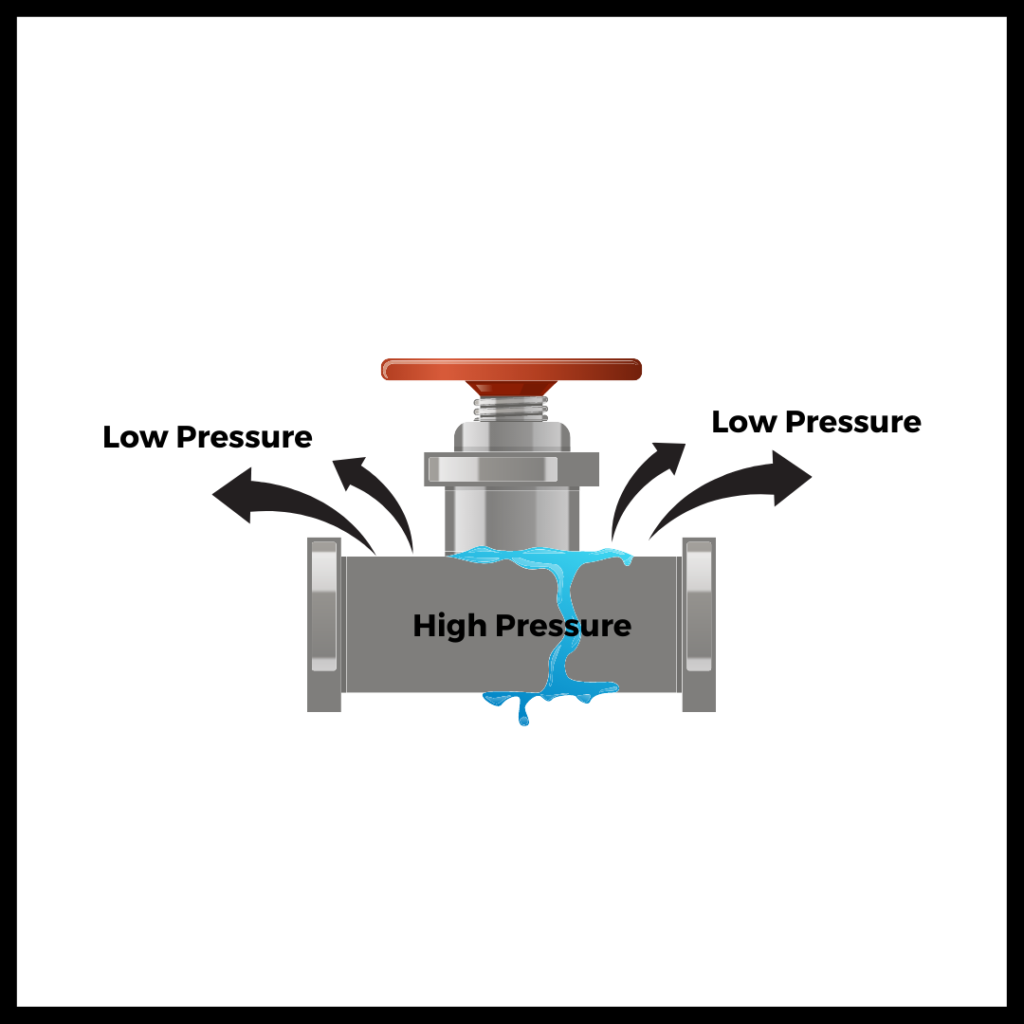
Pressure flow across a pipe
For the fluid inside pipes, that area of lower pressure is anywhere outside that pipe. If there is a path to that end, the fluid will find it. As pipes and welds generally don’t offer that path, flanges typically represent the only possible avenue of escape.
So then how do properly operated flanges prevent leaks?
Watch How Hydraulic Bolt Tensioning Works Here:
Flanges don’t leak when we don’t give them a path to leak. The most important principle in sealing a flange and preventing opportunities for leaks is to put more pressure on the flange seal than the fluid is exerting from within. That pressure must be high, and it must be uniform. If the pressure sealing the flange is equal to or lower than the pressure exerted by the fluid, the fluid will leak – even if that pressure is too low in only one, tiny spot.
A variety of factors can inhibit our ability to create sufficient, uniform pressure that is sustained throughout the duration of plant operation. A proper flange seal process addresses each of these factors.
Stay tuned for Part II of this article next week!

